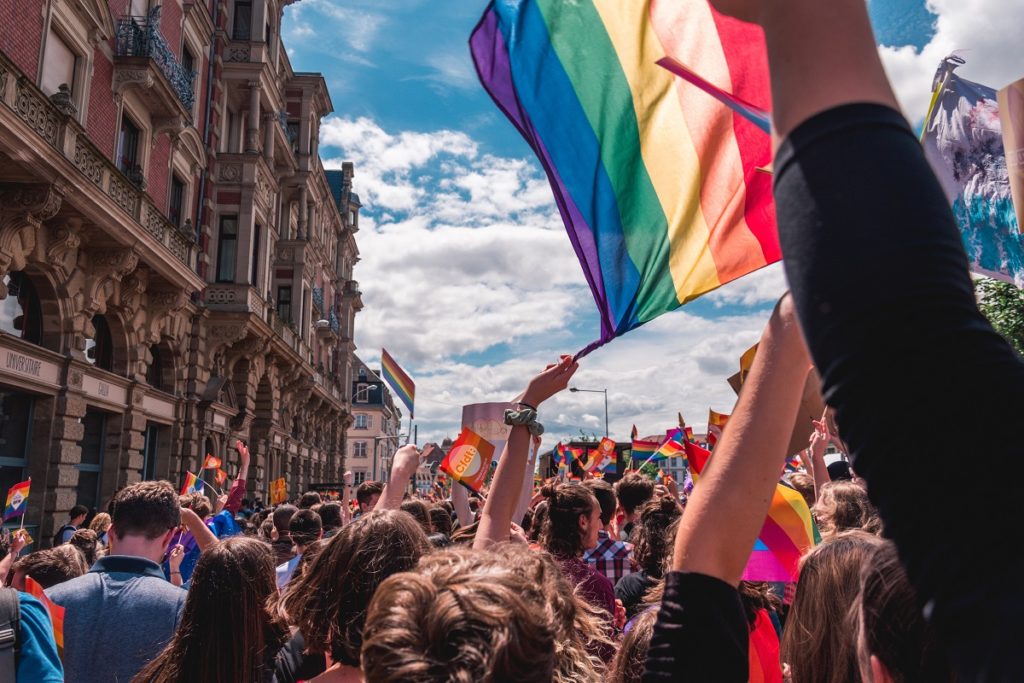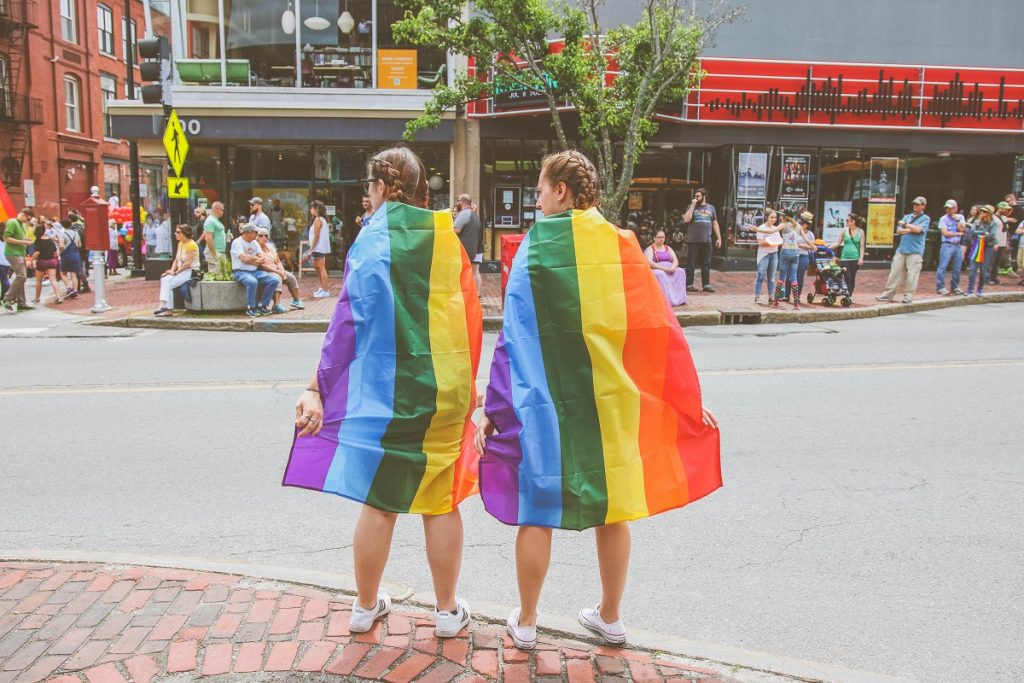The term “safe space” has been a subject of conversation for quite a long time. It’s used by minorities, allies, the academe, and sometimes, it is used loosely. What’s worse is that the term can be used to a marketing advantage.
Even then, safe spaces are controversial, and some people tend to reject them. Vox explains the disapproval of safe spaces as coddling, threatening liberalism, free speech, and social movements. Some would call safe spaces as “a sign of liberal intellectual weakness.”
According to the Merriam-Webster dictionary, a safe space is “a place (as on a college campus) intended to be free of bias, conflict, criticism, or potentially threatening actions, ideas, or conversations.” However, a safe space is not limited to campus. A safe space is anywhere you make it. It can be a bar, a café, an art gallery, or your house that may need a roof replacement. A safe space is where people are free from emotional, mental, and physical threats.
Why do we need safe spaces?

The existence of safe spaces means that there is an underlying threat. That is why safe spaces are geared up to keep minority groups from any harm. For example, the LGBTQ+ community faces discrimination, prejudice, offensive comments and questions, and many other things. With the presence of queer spaces, they can be themselves without having their guard up all the time.
The effects on mental health
The LGBT community is “3 times more likely to experience a mental health condition.” Depression in women is twice as common as in men. 16% of Black or African Americans in the United States are diagnosed with a mental illness.
These mental health disorders cannot be solved by safe spaces alone, but safe spaces can provide an environment that does not elicit stress in marginalized groups. The health effects of stress can cause problems, such as heart disease, high blood pressure, diabetes, and mental health issues.
Therefore, safe spaces are places that people do not need to get into a debate every time they talk. It is where people do not get judged for who they are. It is where people can find harmony and live together. Most of all, it is where people are welcome to learn. When entering a safe space, one must keep an open mind because—as these spaces fight for equality—different perspectives from different walks of life are presented on the table.
Safe spaces should also be at home.
Safe spaces at home should entail the same thing. It should be free from harassment, abuse, and potential hazards to everyone’s health. Creating a safe space at home is not all about coddling or breaking boundaries. It is all about acceptance and respect. It is about eliminating threats to everyone at home. It may be as simple as a roof replacement when it is leaking or as difficult as cutting off ties.
Creating a safe space at home is essential because it should be a person’s solace from the rest of the world. When the world as a whole sets unreasonable standards for how everyone should live their lives, coming home to the safety of one’s own home should entail a huge sigh of relief.




